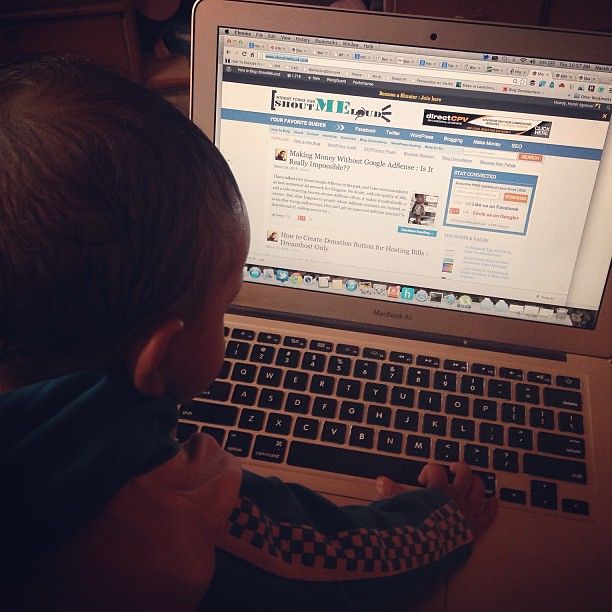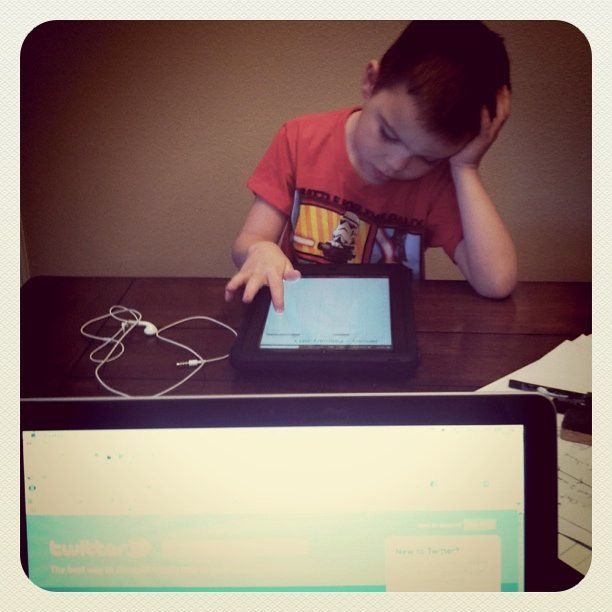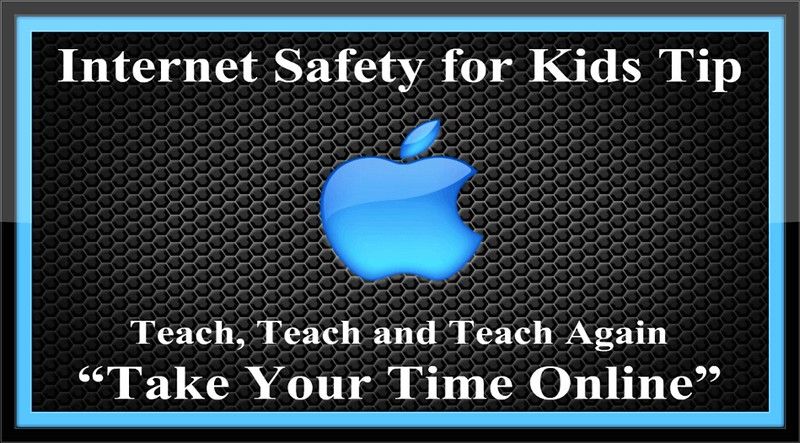For our children, social media platforms have become a central hub for socializing, finding interests and getting to data. This endless online scene inevitably presents potential dangers alongside its opportunities. The Kids Online Safety Act (KOSA), presented in the U.S. Senate in February 2022 and reintroduced in May 2023, aims to address these concerns, starting a much-needed discussion about online security for minors.
Understanding KOSA Bill's Objectives

"Internet Cafe Созопол" by uros velickovic is licensed under CC BY 2.0.
Building a More secure Online Space for Children
KOSA seeks to establish a system for protecting children on social media platforms. Electronic Frontier Foundation (EFF) and Senator Richard Blumenthal's platforms play their part in giving us a much better understanding of the KOSA Charge.
Identifying Secured Platforms - KOSA focuses on online administrations and applications frequented by minors, such as social media platforms like Facebook, Instagram and TikTok. However, it excludes email providers, educational institutions and internet service suppliers from its purview according to the text of the bill
Enabling Users with Control - KOSA mandates that secured platforms offer features that empower clients, especially minors and their guardians, to manage online protection. This could include;
Data Control Settings - Clients ought to have clear and accessible alternatives to control who sees their data and how it's used. Envision being able to choose whether your profile is public or private, or who can see your posts and comments.
Privacy Defaults - The strongest privacy settings ought to be automatically enabled for minors by default, such as restricting who can message them directly or see their location data. This ensures a more secure starting point for younger users, giving them the alternative to alter settings as they mature.
Features for Healthy Habits - Platforms might consider instruments like time limits or content filters, permitting guardians to set boundaries and encourage responsible digital habits for their children. Envision setting a time constraints on social media use or sifting out content with potentially harmful dialect.
Parental Control Instruments - KOSA aims to enable guardians by giving tools to monitor and oversee their children's online activity specifically within the platforms themselves. Think about being able to alter security settings, control who their child interacts with or even endorse app downloads, all from a centralized location within the platform itself.
Looking at the Concerns Around KOSA and the Stop KOSA Campaign
Whereas KOSA's intention of shielding children is commendable, the bill has ignited a passionate debate. Youth have taken to platforms in hope of standing up to and halting this bill through their Stop KOSA Campaign..

"My Kid nephew getting use to Internet.." by denharsh is licensed under CC BY 2.0.
Censorship Concerns
Critics stress that KOSA's focus on expelling "inappropriate" content for minors could lead to a slippery slope of censorship. Who defines what is inappropriate? May this lead to the removal of valuable resources or smother critical discourses online, particularly for marginalized groups who depend on online spaces for support and information? For instance, LGBTQ+ youth groups regularly utilize social media to connect and discover resources that might not be promptly accessible offline. KOSA's language around "inappropriate" content raises concerns that these safe spaces may well be jeopardized.
Privacy and Surveillance
KOSA might require increased online monitoring to implement age verification and parental controls.
This raises privacy concerns for all users, especially young individuals who might depend on online anonymity for safety reasons, such as escaping domestic violence or investigating their sexual orientation.
Moreover, increased monitoring could have a chilling impact on free discourse, as users could be reluctant to express themselves openly and transparently for fear of triggering content moderation algorithms.
Free Speech and a Chilling Effect
Some contend that KOSA could violate ;First Correction rights by limiting certain types of speech online. The web flourishes on the open stream of data, and a few stress that KOSA's regulations could create a chilling impact, ruining open discourses and different perspectives.
For example, young people could be reluctant to discuss touchy points like mental wellbeing or sexuality online in the event that they fear their discussions being flagged as inappropriate.
The Voices of the Young Ones
The conversation encompassing KOSA regularly ignores the foremost pivotal voices - the very people it aims to protect.

"Project 365 31/365: Morning routine. The kid on the iPad and me on Twitter." by AngryJulieMonday is licensed under CC BY 2.0.
Our children and young adults. Numerous teenagers and young individuals are effectively raising their voices against the bill, highlighting concerns that merit our consideration. Here's a glimpse into their points of view, drawing upon a later overview conducted by the Center for Democracy & Innovation
Social Media as a Lifeline - A Place for Belonging and Support
Numerous young individuals contend that social media stages give them a sense of community, having a place and indeed access to imperative resources like mental health support or data on LGBTQ+ issues. They fear losing these associations and support frameworks in the event that KOSA restricts online interactions. For a few high schoolers, social media might be the only secure space where they can connect with peers who understand their battles, and KOSA's center on controlling interactions could have unintended results.
Online Learning and Self-Discovery - A Launchpad for Development
Social media platforms are not just for amusement; they can be effective devices for education, self-discovery and exploring hidden talents. Youthful people worry that KOSA could restrain their capacity to learn and develop naturally through online interactions and access to assorted content. For instance, a budding craftsman might find their energy for photography through online communities and KOSA's potential filtering mechanisms may limit their exposure to valuable and profitable inspiration.
Protecting Marginalized Voices
They fear that KOSA's focus on "inappropriate" content may excessively affect these online secure sanctuaries. Envision a young man battling with their sexual orientation, finding a support community online, only to see that space vanish due to concerns about "inappropriate" discussions.
Finding a Common Ground
There's no question that ensuring children online is a top priority. Be that as it may, the solution needs to be carefully tailored to address legitimate concerns about security, free discourse and access to data.
Collaborative Endeavors - Perhaps the answer lies in collaboration between legislators, social media platforms, guardians and young people themselves. Open dialogues can offer assistance to discover solutions that prioritize security without smothering innovation or open communication.
Education and Empowerment - Enabling children with digital literacy aptitudes and fostering open communication with parents can be a powerful defense against online dangers.
Age-Appropriate Design - Encouraging social media platforms to develop age-appropriate features and content control instruments could be a more nuanced approach than broad limitations.
Transparency, Accountability and Responsibility- Holding social media platforms responsible for their algorithms and content control tendencies can create a more secure online environment for everyone.
The debate around KOSA highlights the complexities of navigating online safety in the computerized age. By recognizing the concerns of all stakeholders, we can discover a way to form a more secure online world for children while still cultivating the positive perspectives of social media connection, learning and self-discovery.








